Search
Did you mean: Saga?
Summary 
Loading AI-generated summary based on World History Encyclopedia articles ...
Search Results
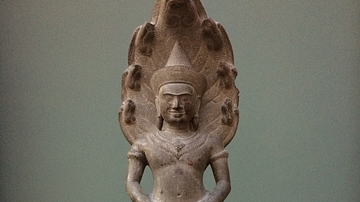
Image
Buddha & Naga
A limestone figure of a seated Buddha protected by Naga. Preah Khan Kompong Svay, Cambodia. 12th century CE. (Musée Guimet, Paris)
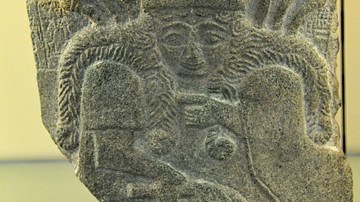
Definition
Nisaba
Nisaba (also Naga, Se-Naga, Nissaba, Nidaba, and associated with Nanibgal) is the Sumerian goddess of writing, accounts, and scribe of the gods. Although her name is commonly given as Nidaba, noted scholar Jeremy Black points out that "the...
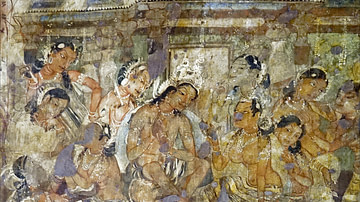
Article
The Ajanta Caves
The 30 caves at Ajanta lie to the north of Aurangabad in the Indhyadri range of Western Ghats. The caves, famous for their temple architecture and many delicately drawn murals, are located in a 76 m high, horseshoe-shaped escarpment overlooking...
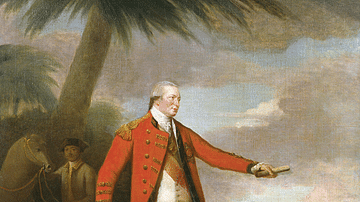
Article
Battle of Buxar
The Battle of Buxar (aka Bhaksar or Baksar) in Bihar, northeast India, on 22-23 October 1764 saw a British East India Company (EIC) army led by Hector Munro (1726-1805) gain victory against the combined forces of the Nawab of Awadh (aka Oudh...
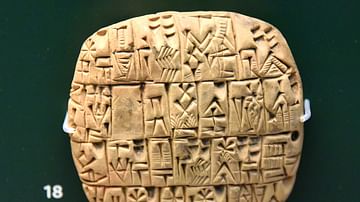
Article
Hymn to Nisaba
The Hymn to Nisaba (c. 3rd millennium BCE) is a poem praising Nisaba, the Sumerian goddess of writing and accounts who also served as scribe of the gods. The poem is officially dedicated to Enki, the god of wisdom (sometimes given as her...
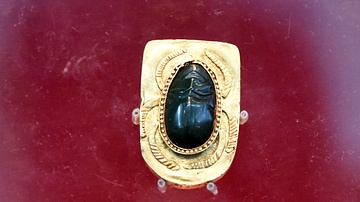
Image
Heart-Scarab of King Sobekemsaf II
This amulet, in the form of a scarab beetle with a human face, was intended to ensure that the deceased passed safely through the judgment which would establish whether or not he was deserving eternal life. It is inscribed with an early version...
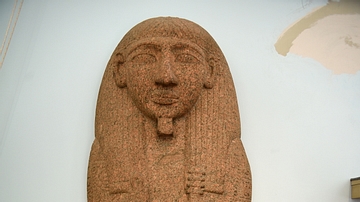
Image
Sarcophagus Lid of Setau
Setau, a viceroy of Nubia for Ramesses II, assumes the pose of Osiris, god of the afterlife. His crossed hands claps a djed (right) and tit (left), symbols of performance and life linked to Osiris and consort Isis. Below, the sky goddess...

Definition
Esoteric Buddhism
Esoteric Buddhism is the mystical interpretation and practice of the belief system founded by the Buddha (known as Sakyamuni Buddha, l. c. 563 - c. 483 BCE). It is known by several names and is characterized by a personal relationship with...
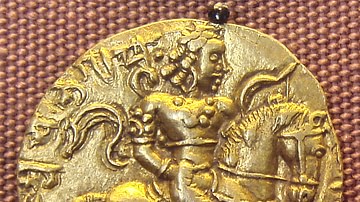
Definition
Chandragupta II
Chandragupta II (c. 375 CE - 413/14 CE) was the next great Gupta emperor after his father Samudragupta (335/350 - 370/380 CE). He proved to be an able ruler and conqueror with many achievements to his credit. He came to be known by his title...

Definition
Meroë
Meroe was a wealthy metropolis of the ancient kingdom of Kush in what is today the Republic of Sudan. It was the later capital of the Kingdom of Kush (c. 1069 BCE to c. 350 CE) after the earlier capital of Napata was sacked c. 590 BCE. Prior...